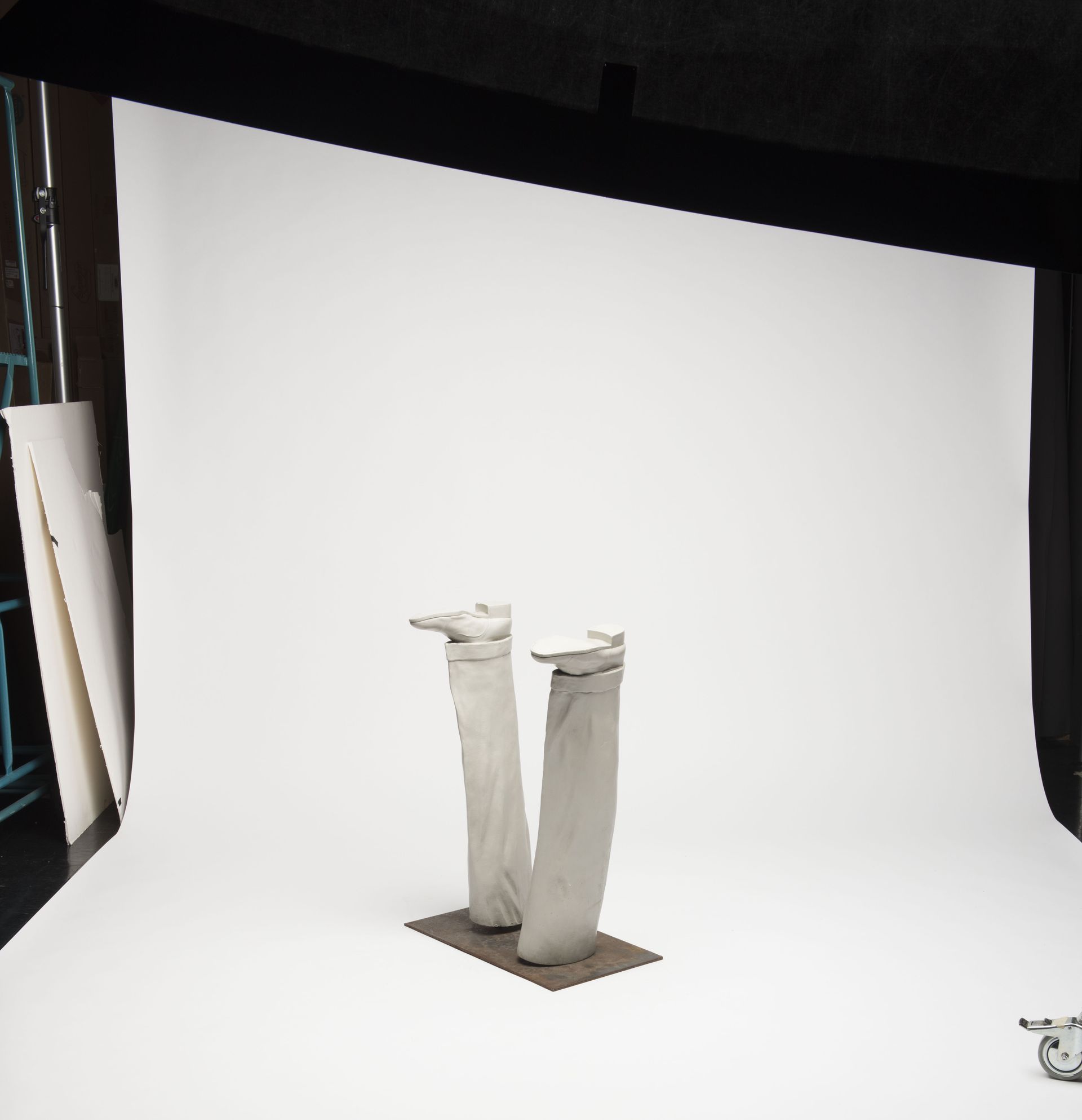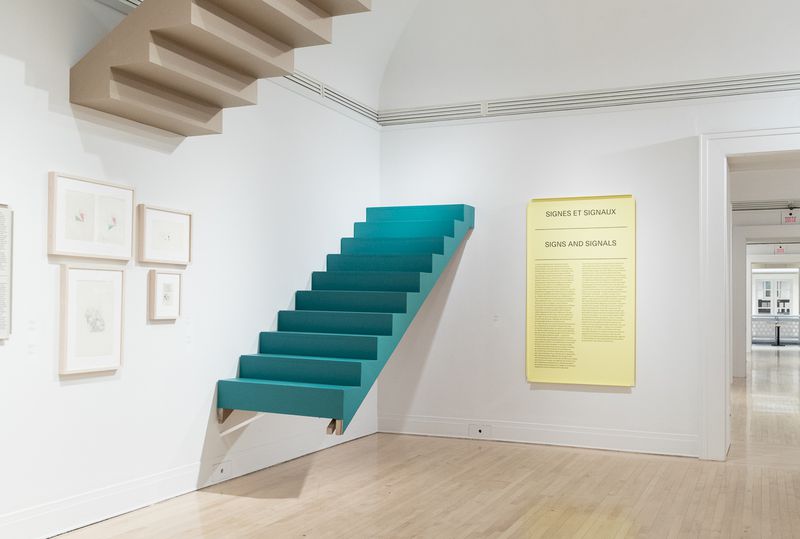The term “postmodernism,” initially used to refer to the critique of modernism as dogma, eventually became a catch-all for a heterogeneous group of formal and stylistic attributes that dominated architectural production in the West until the early 1990s: colour and decoration, linguistic games using irony and double coding, historical and figurative references, and an emphasis on what was often called the art of drawing. Excluded from the many things to which the term postmodernism was applied, however, were the equally many institutional forms, communication and information technologies, economies, and materials in and through which architects produced their manifestos, axonometric drawings, and building façades. In fact, the most consistent attribute of the term postmodernism was not its definition but rather its effect, which was to establish as unarguable that things like the foundations that paid for publications, the paper on which drawings were made or the asphalt that delivered colours to façades were immaterial to architecture’s fundamental character as an independent art form and discipline with an autonomous and ahistorical essence. Postmodernism turned architecture into the myth of “architecture itself.”

